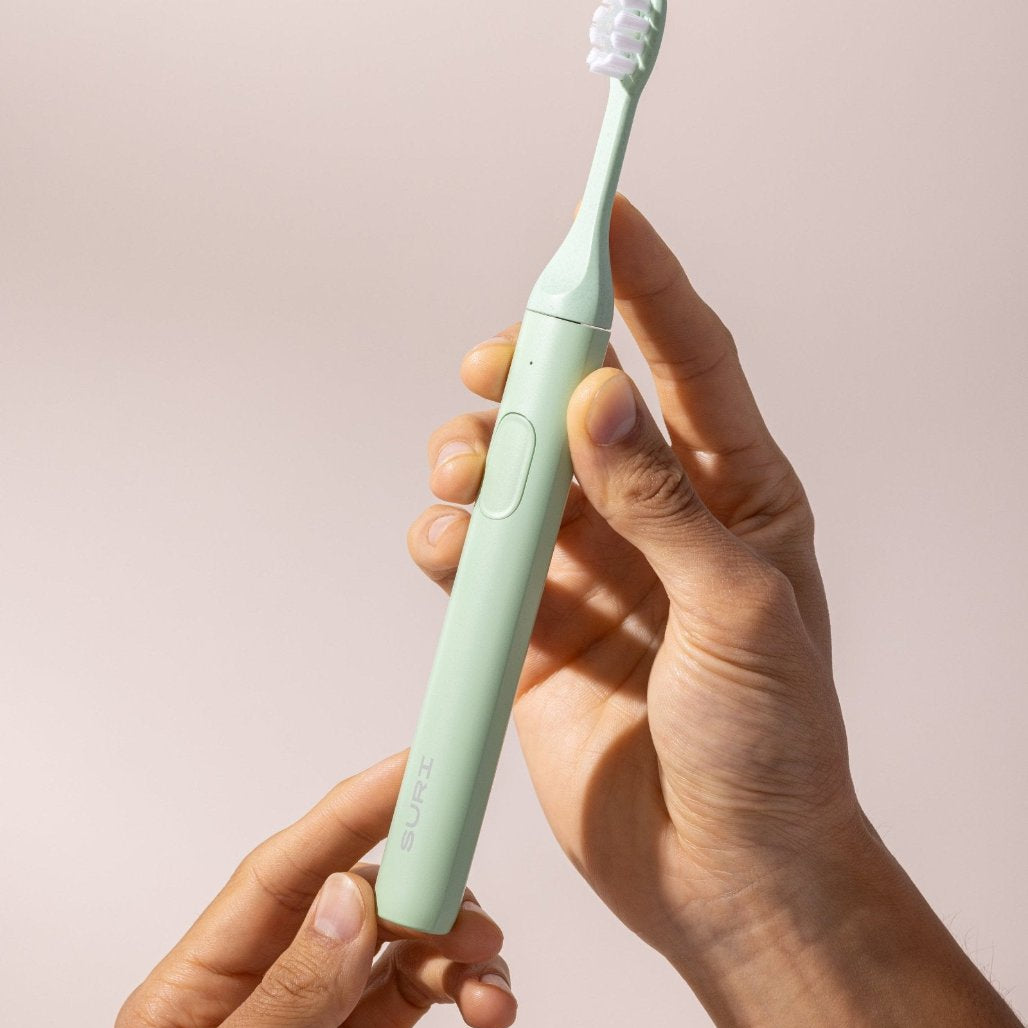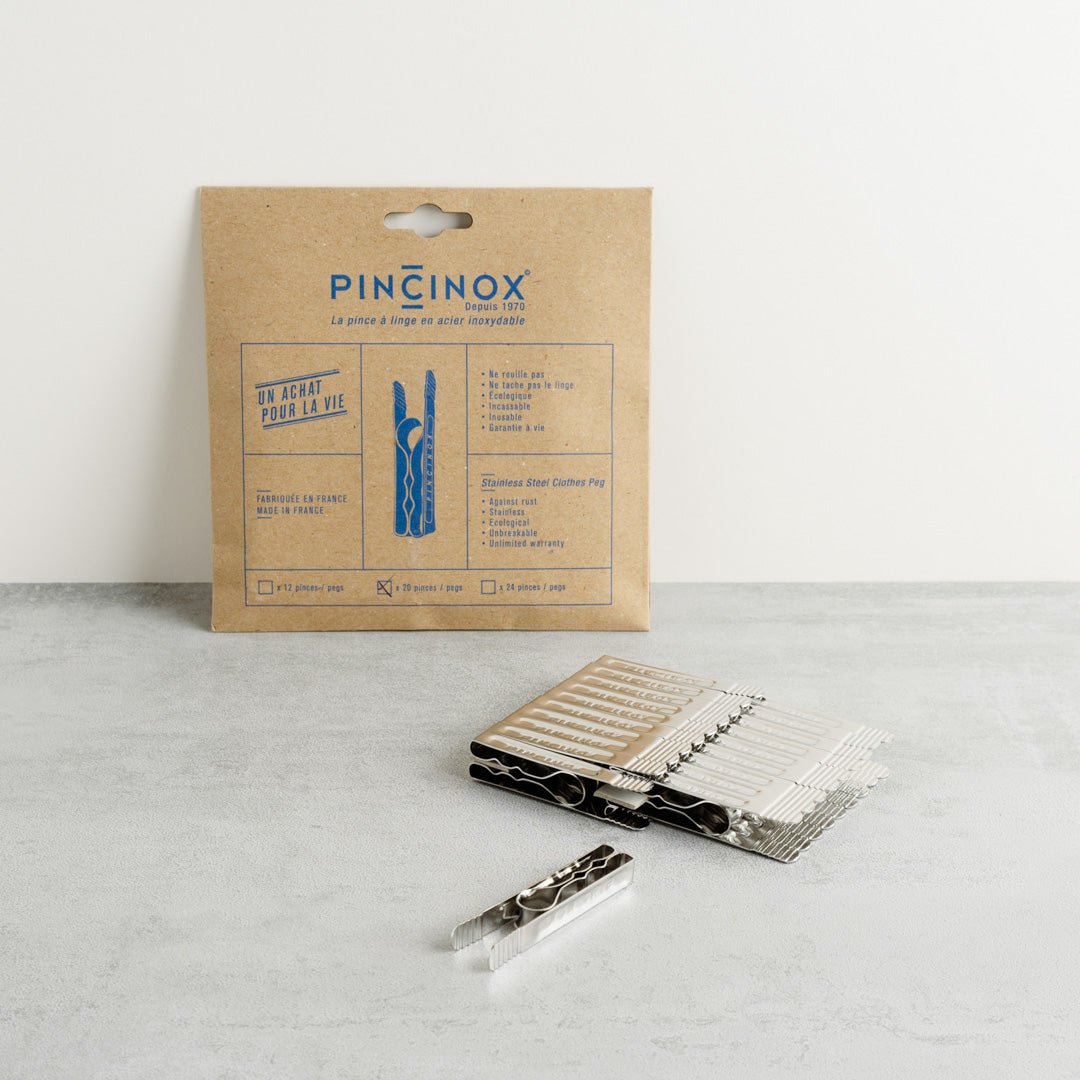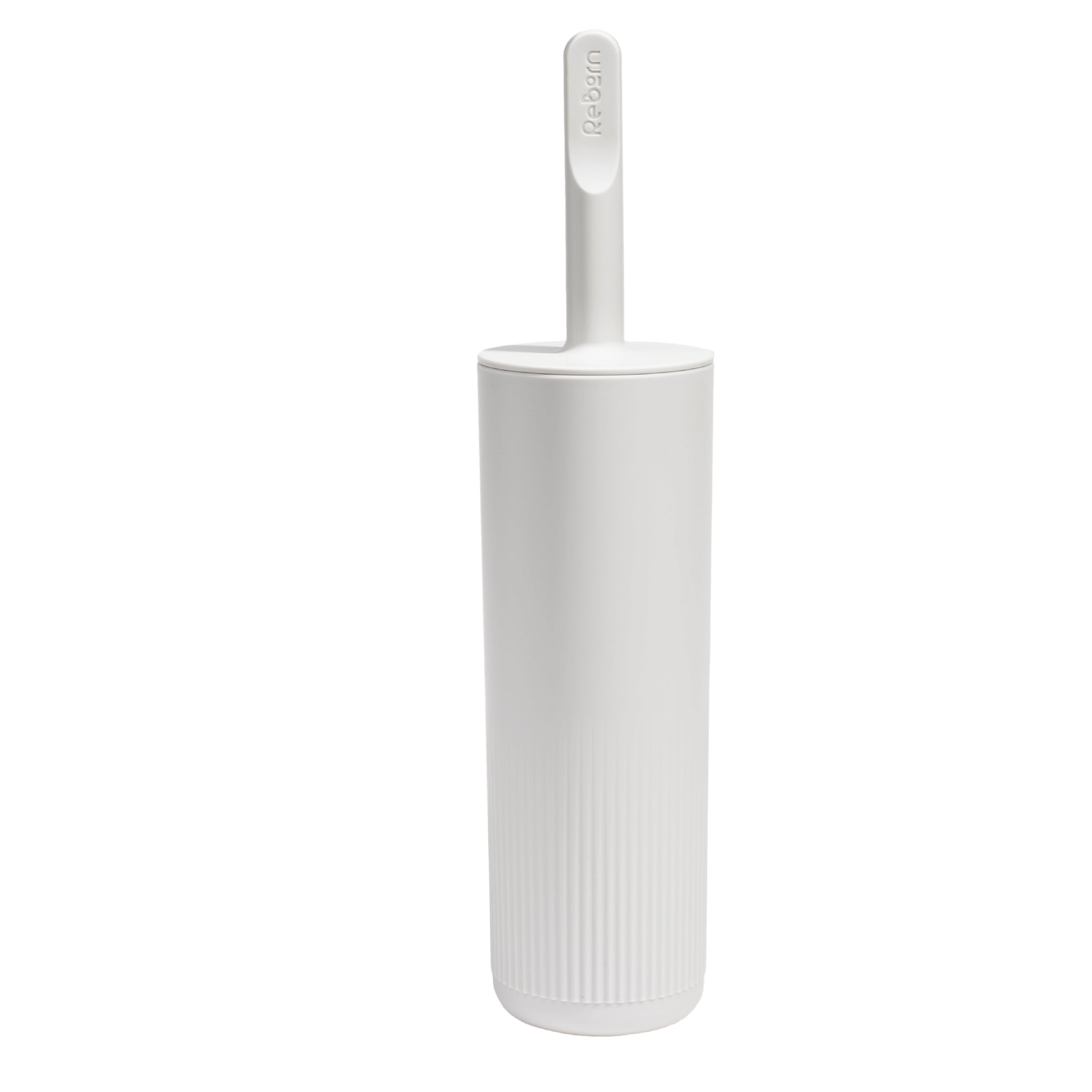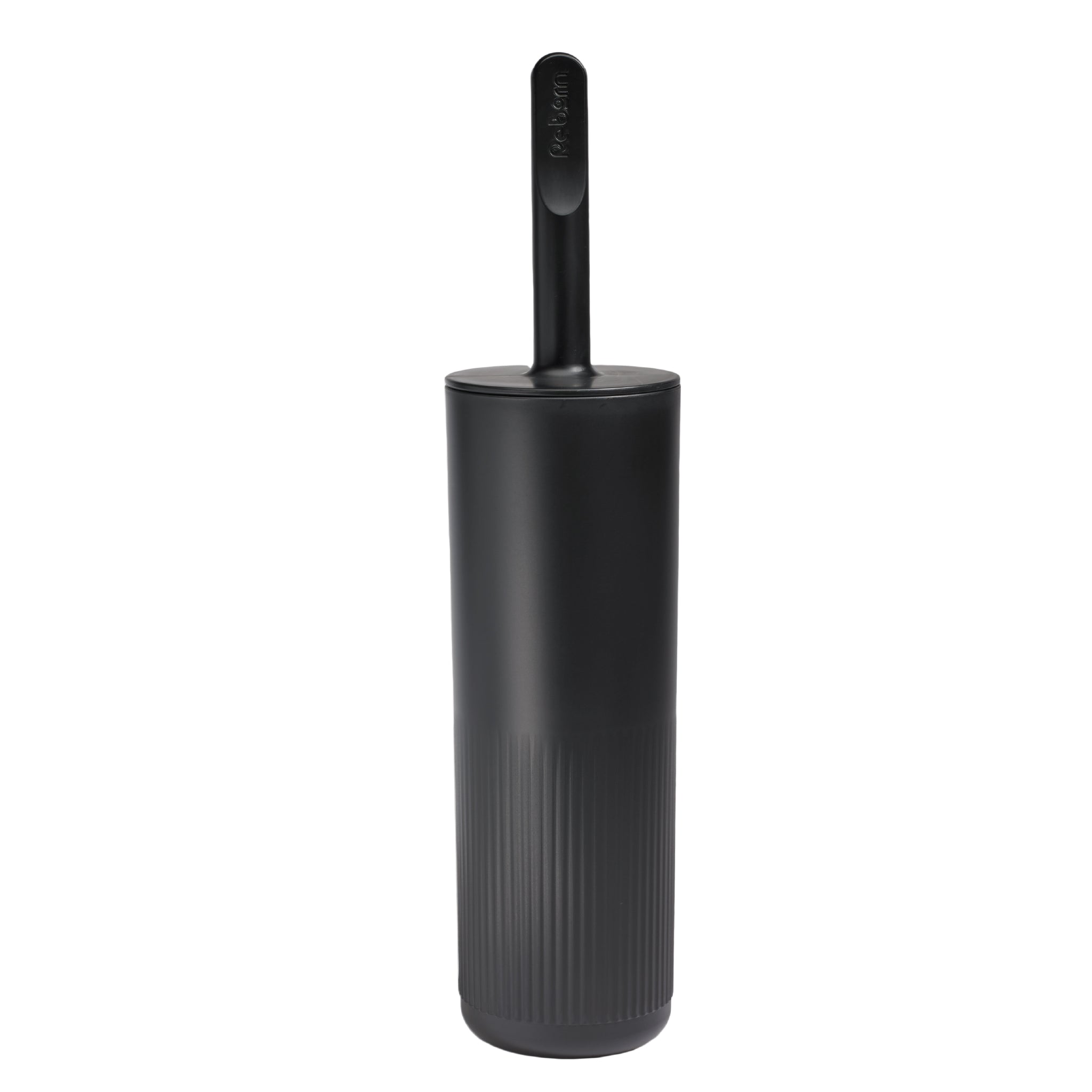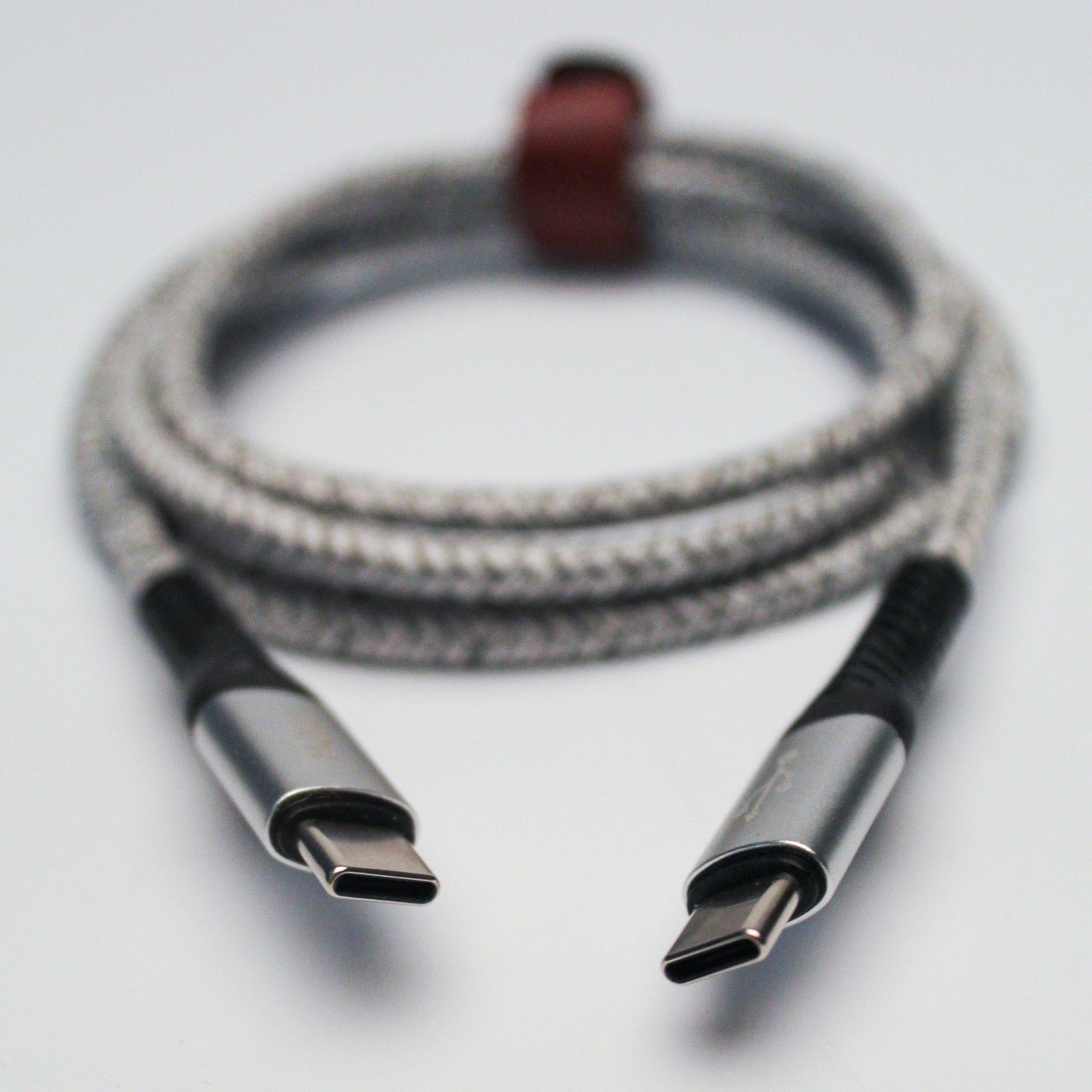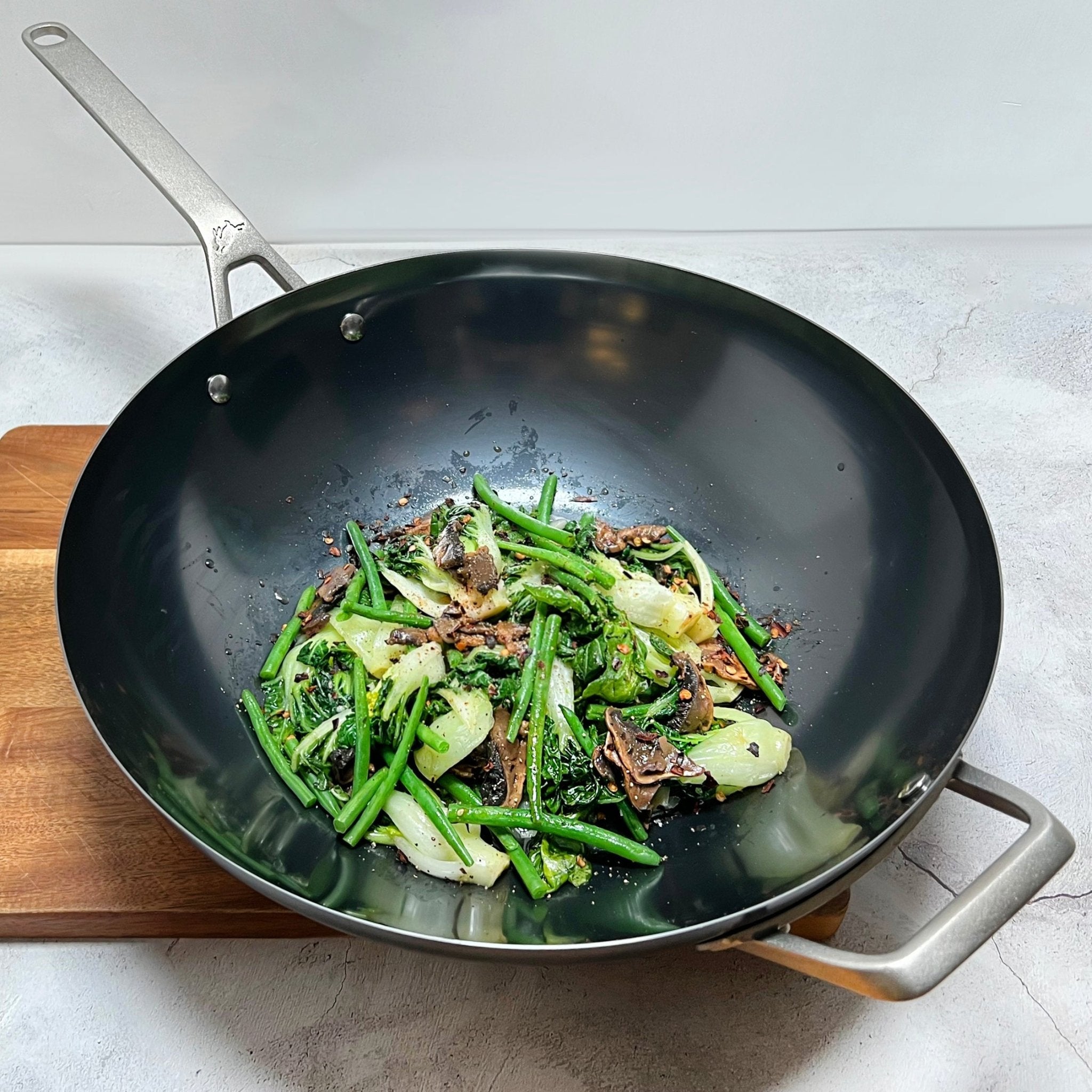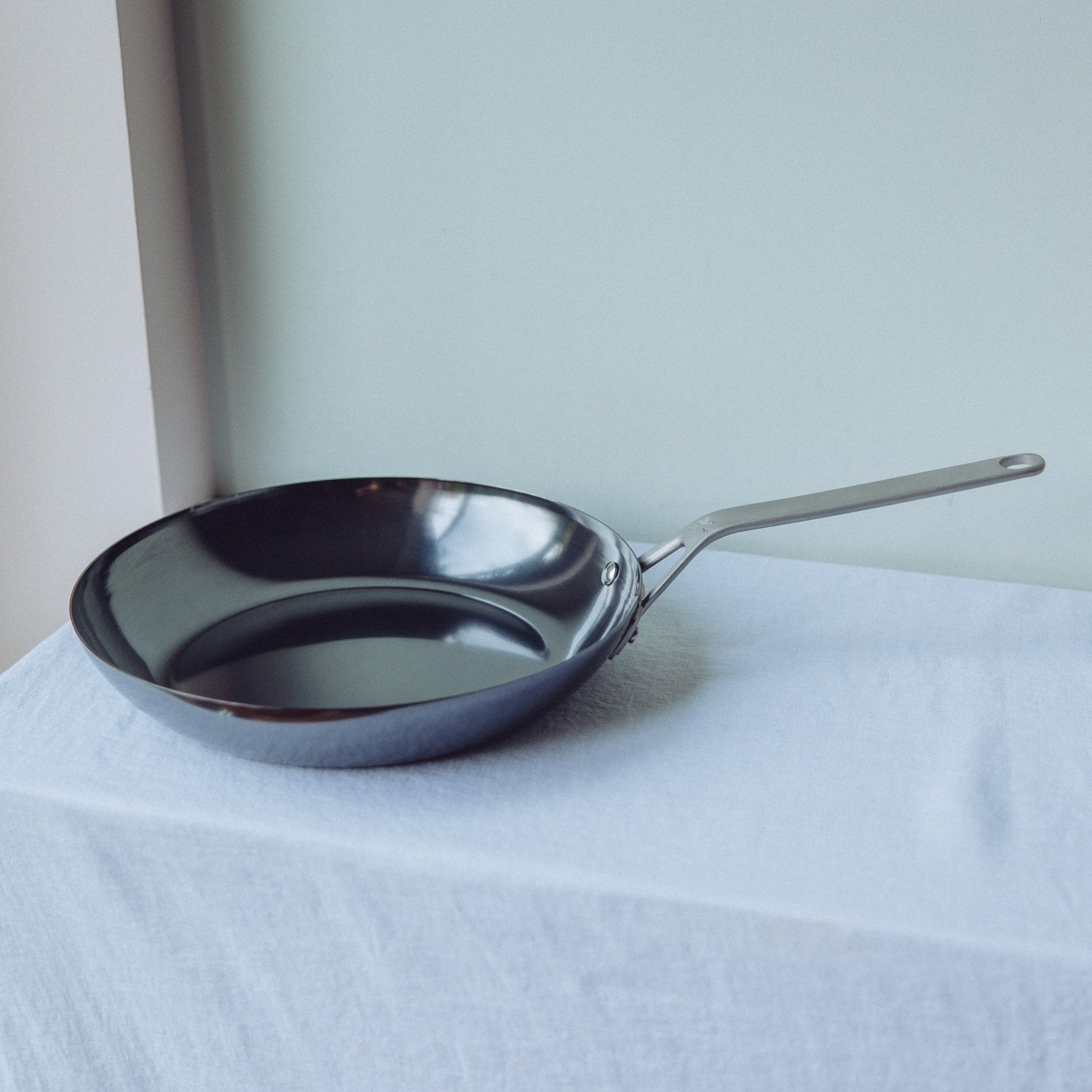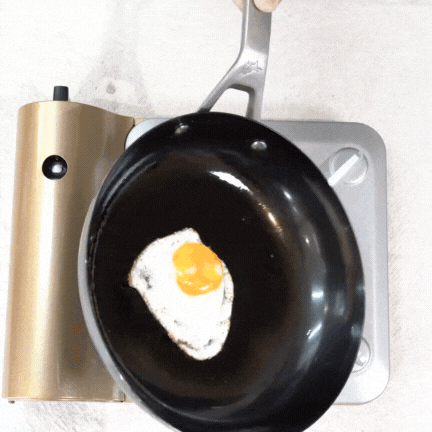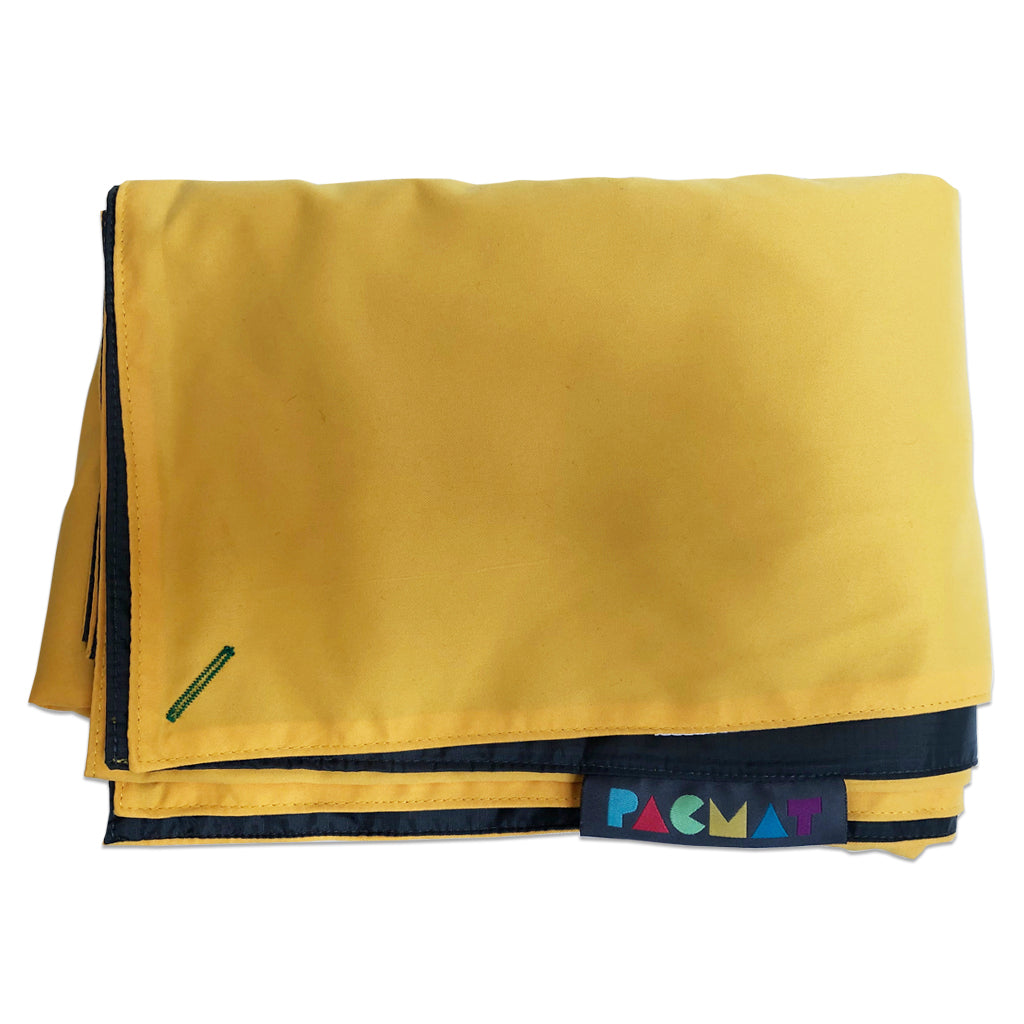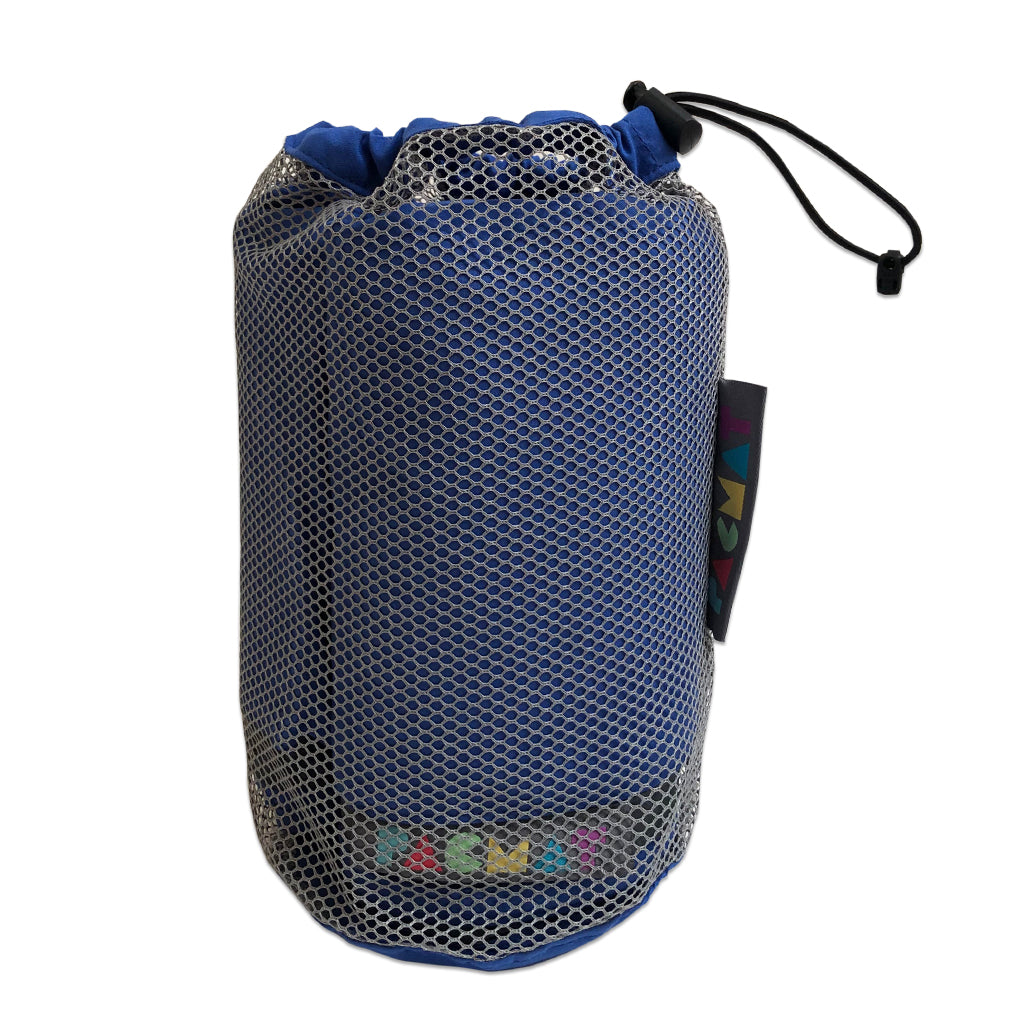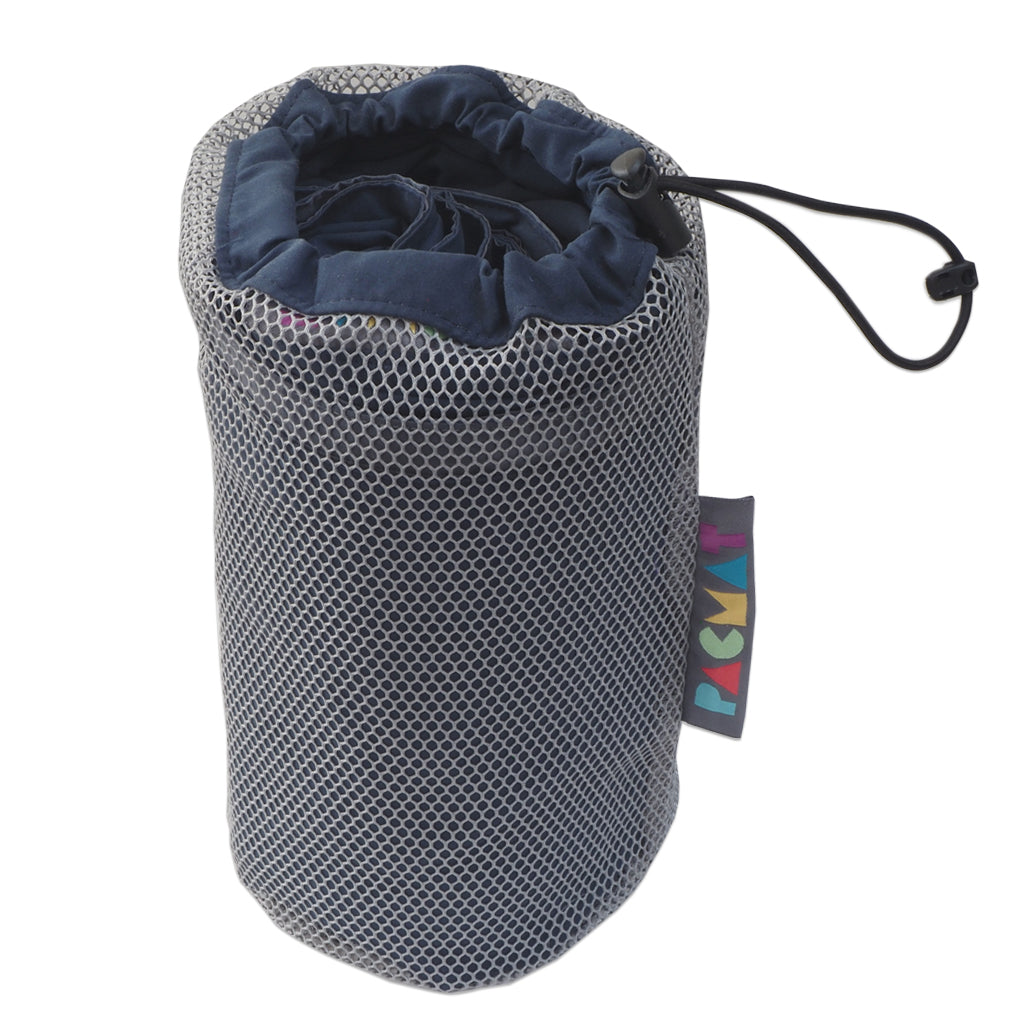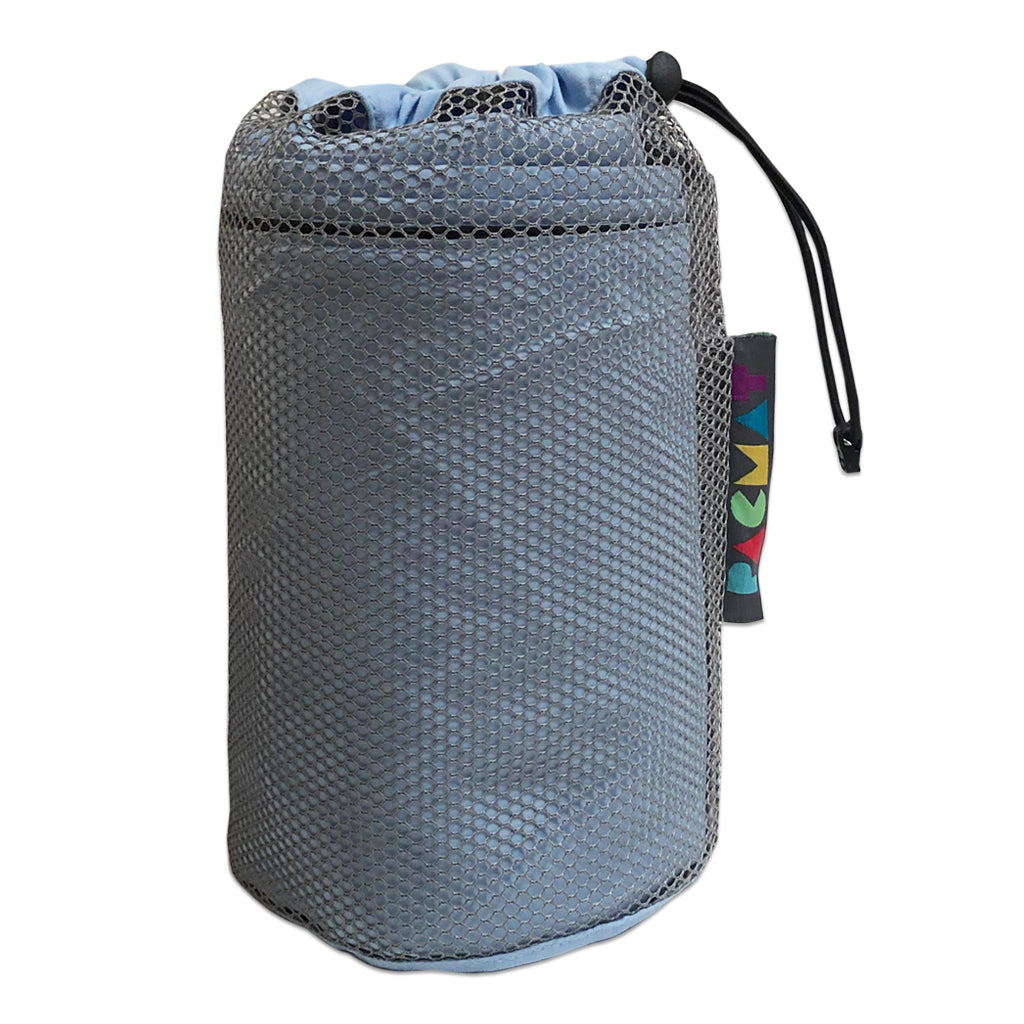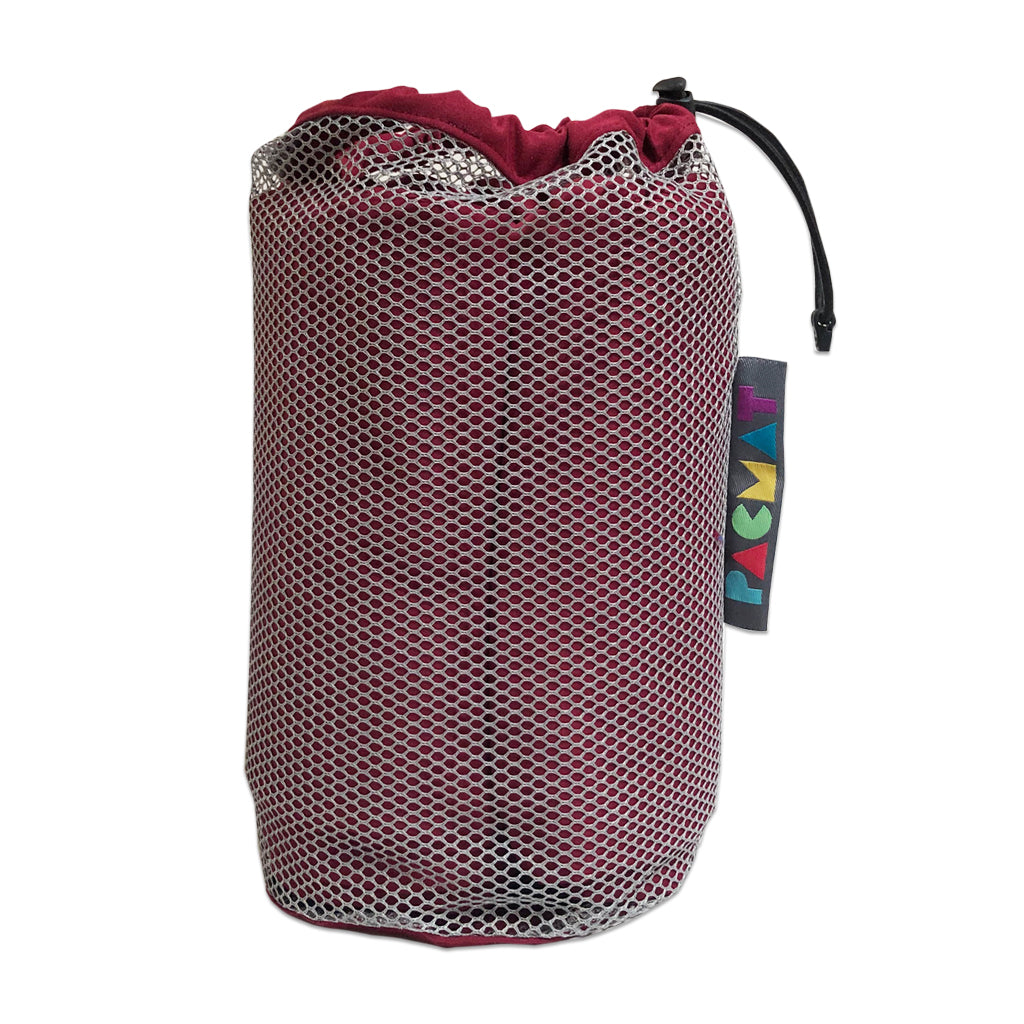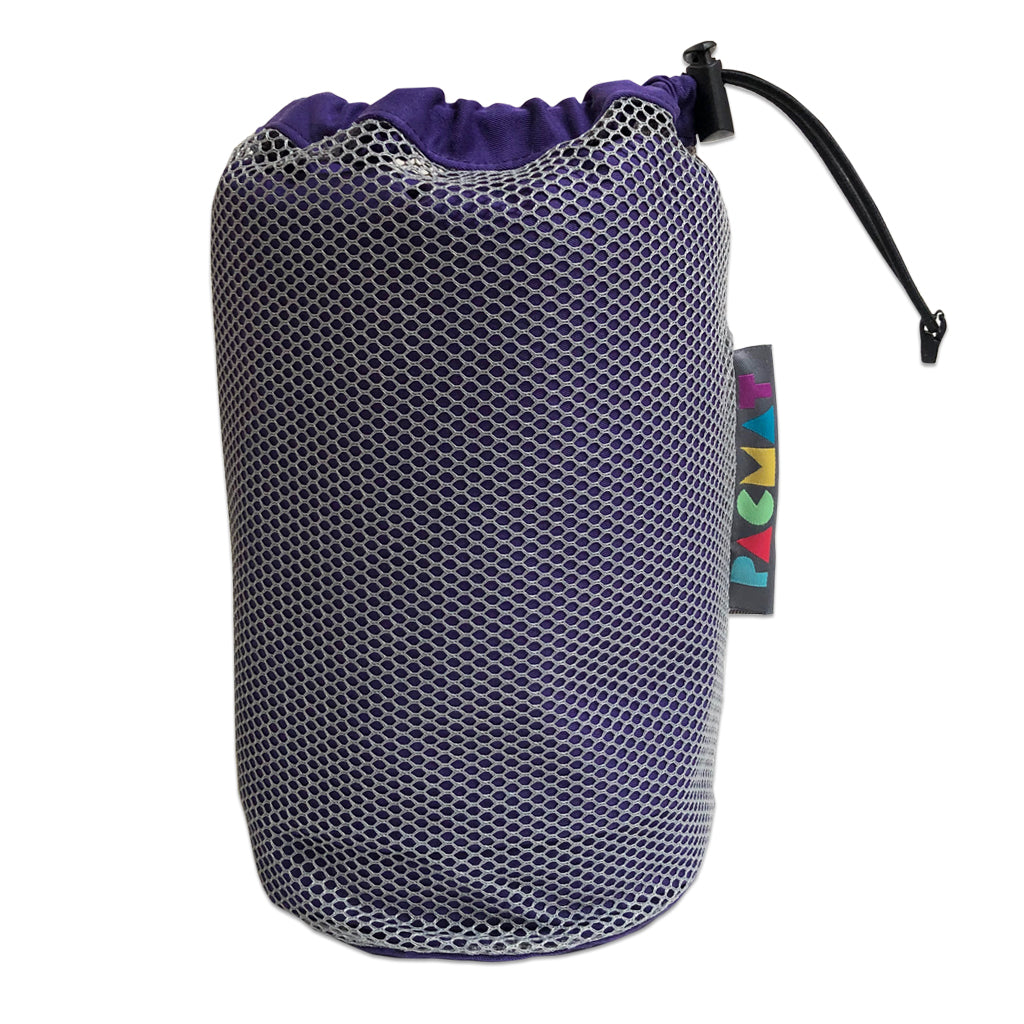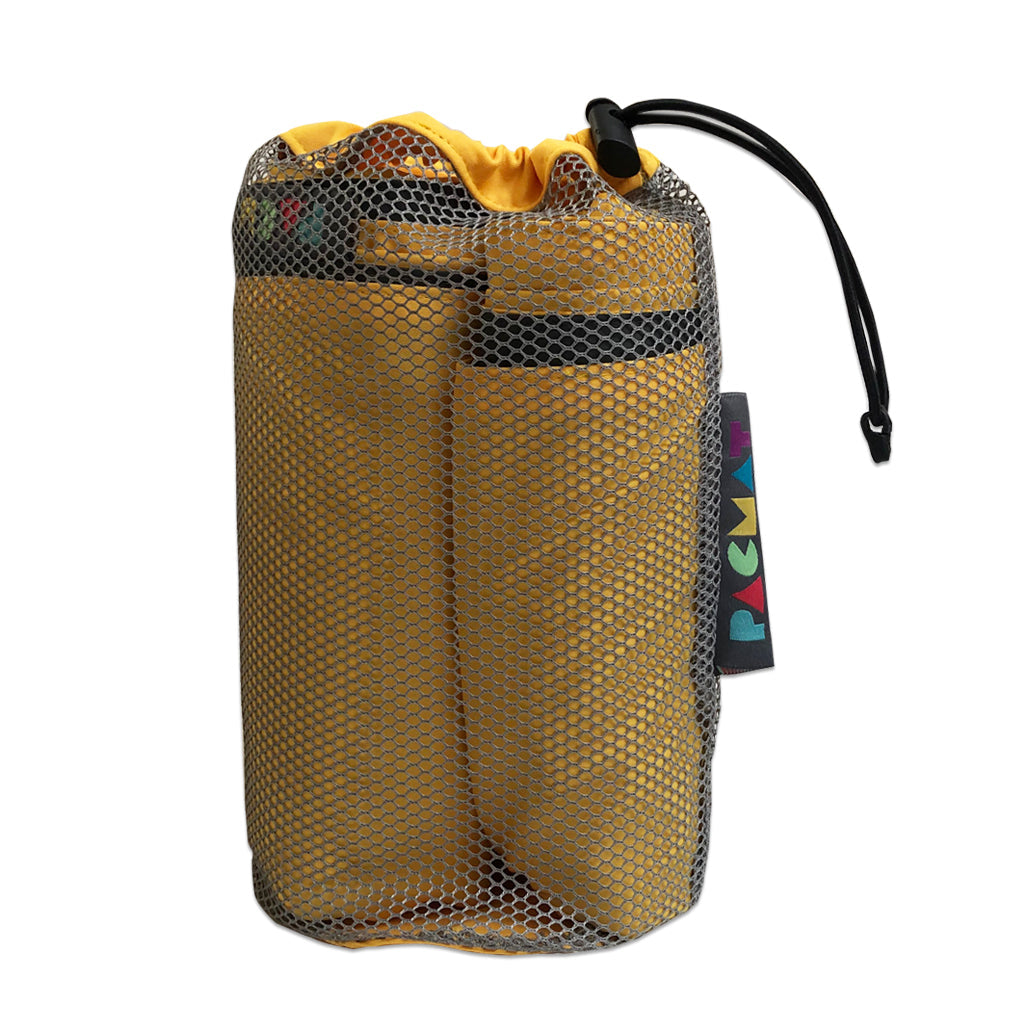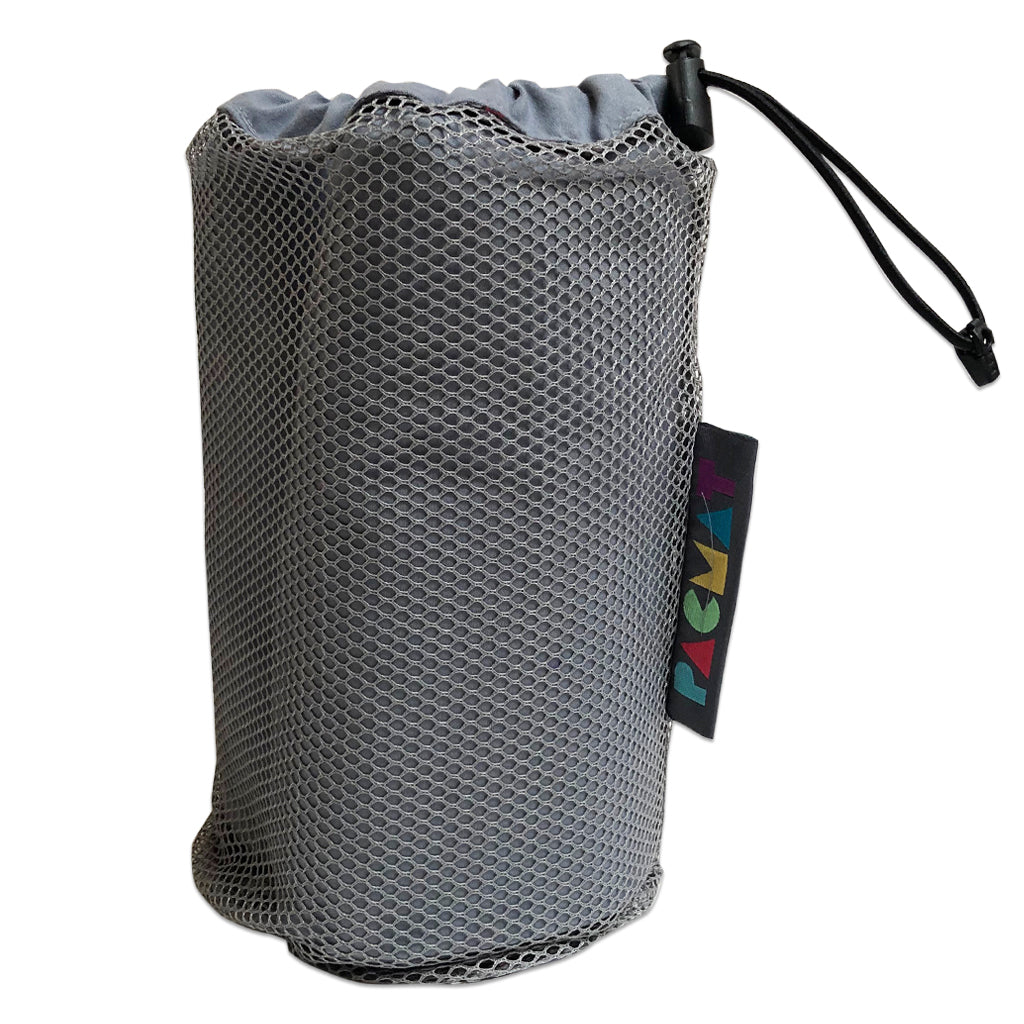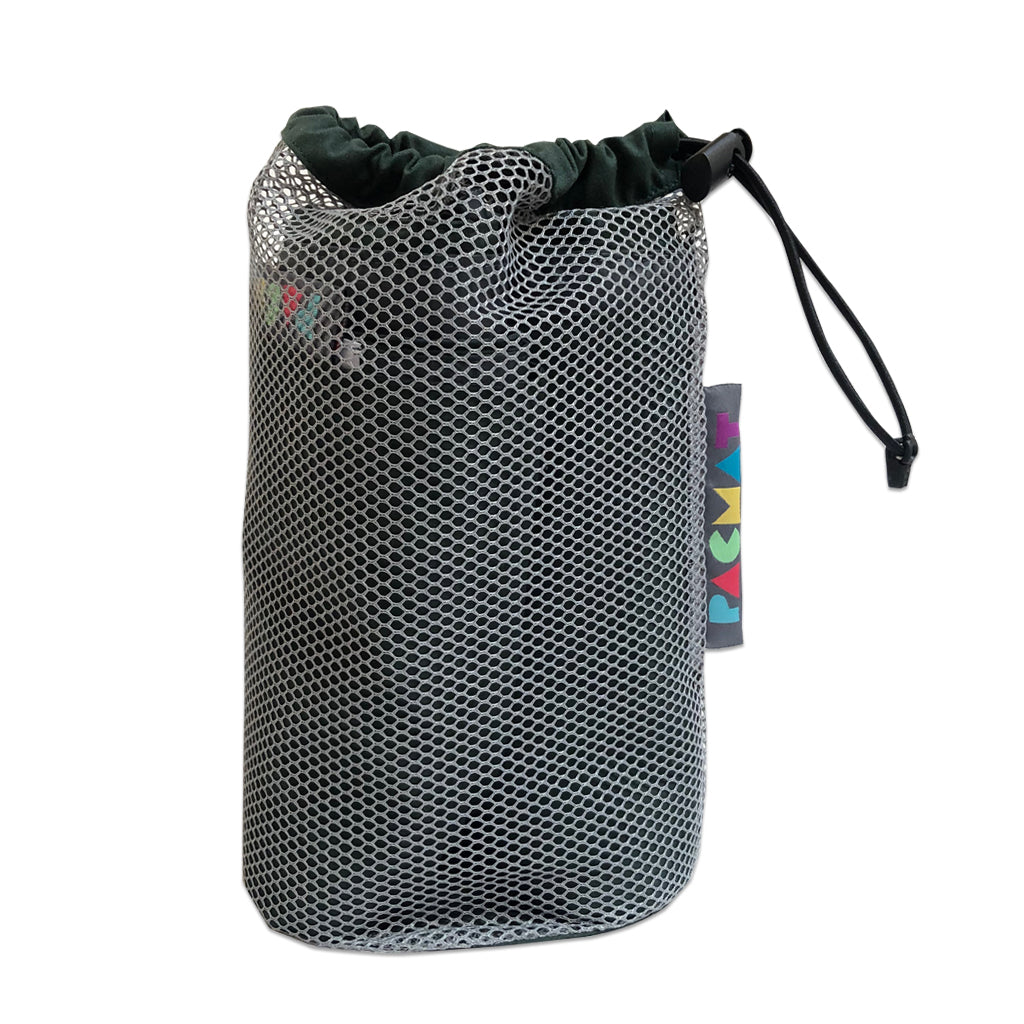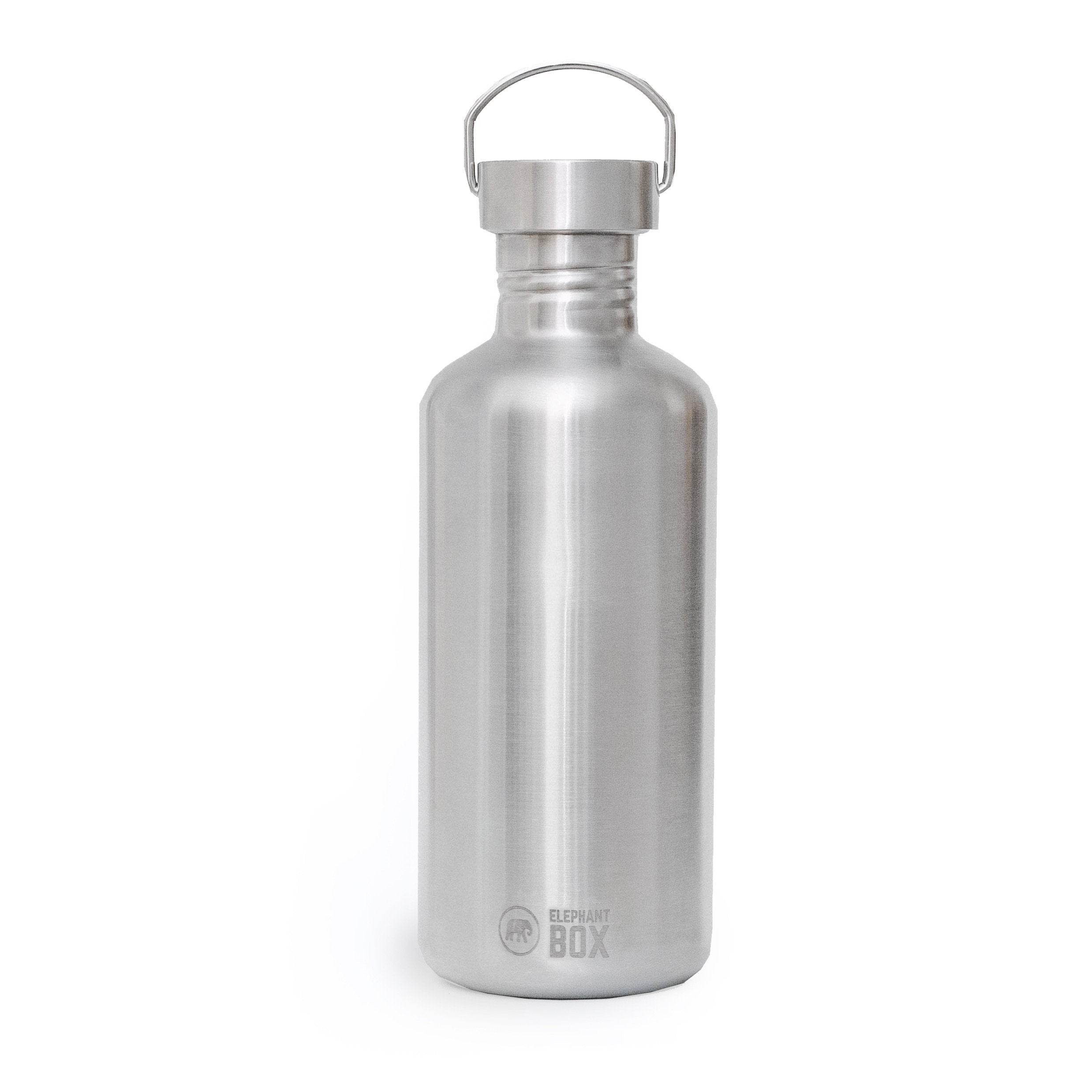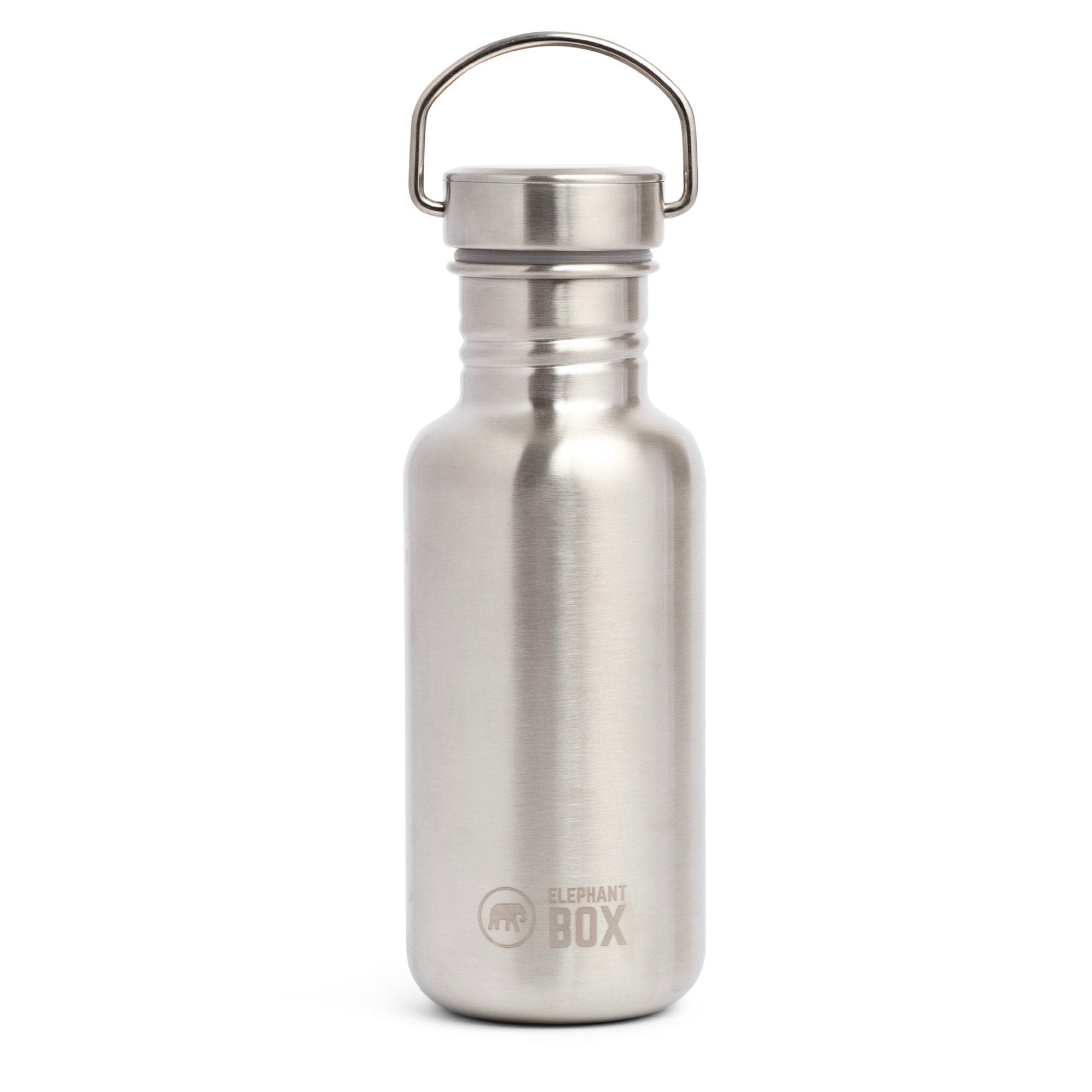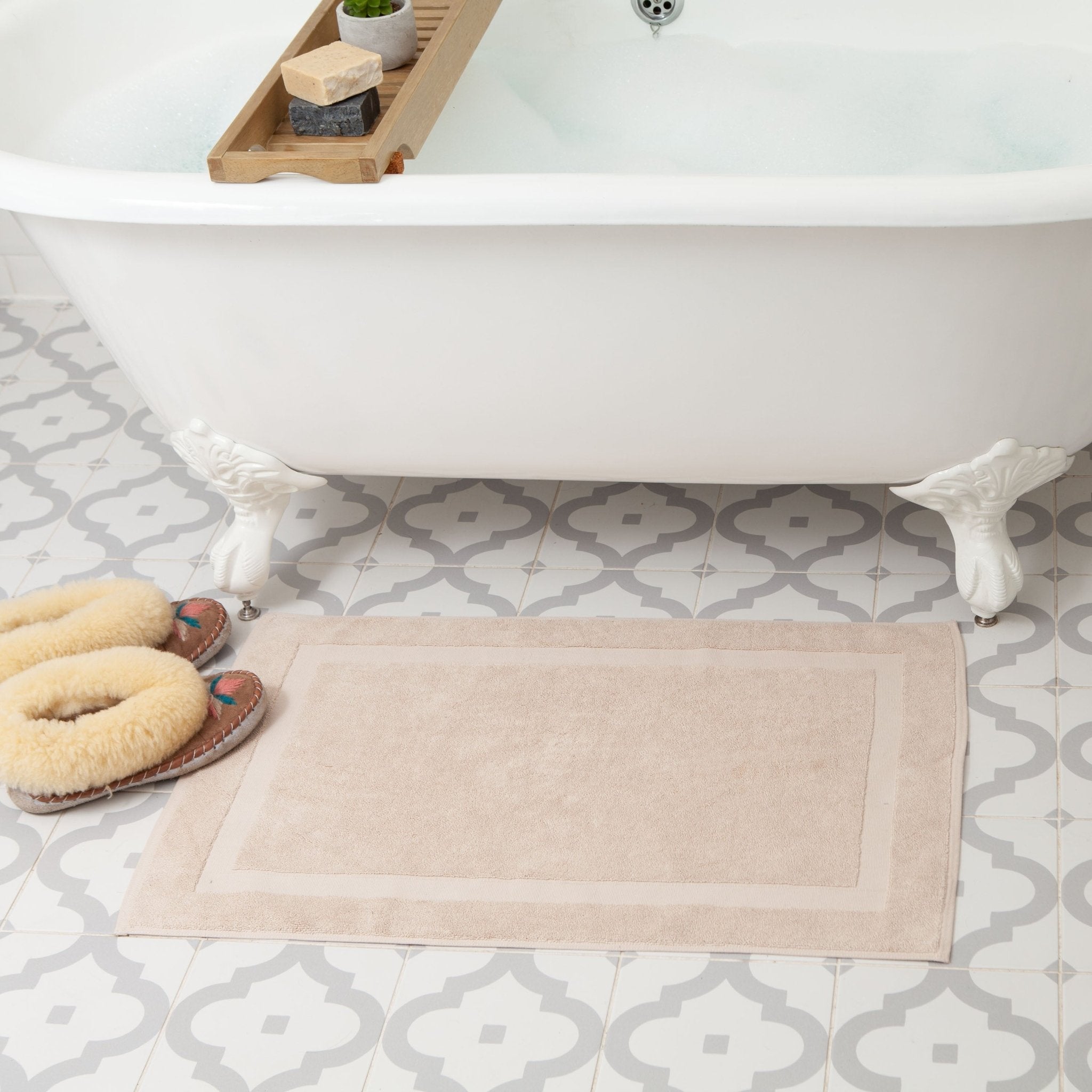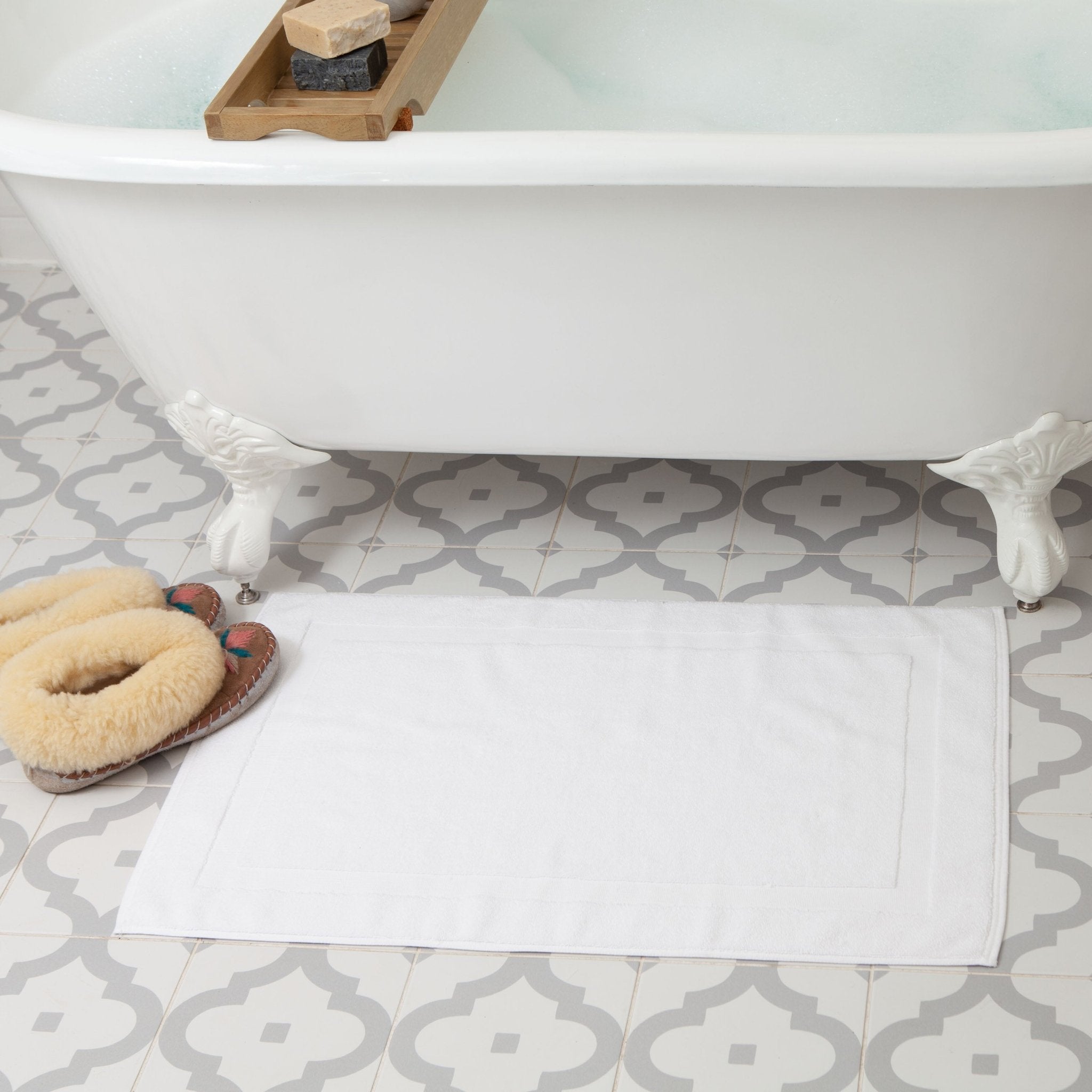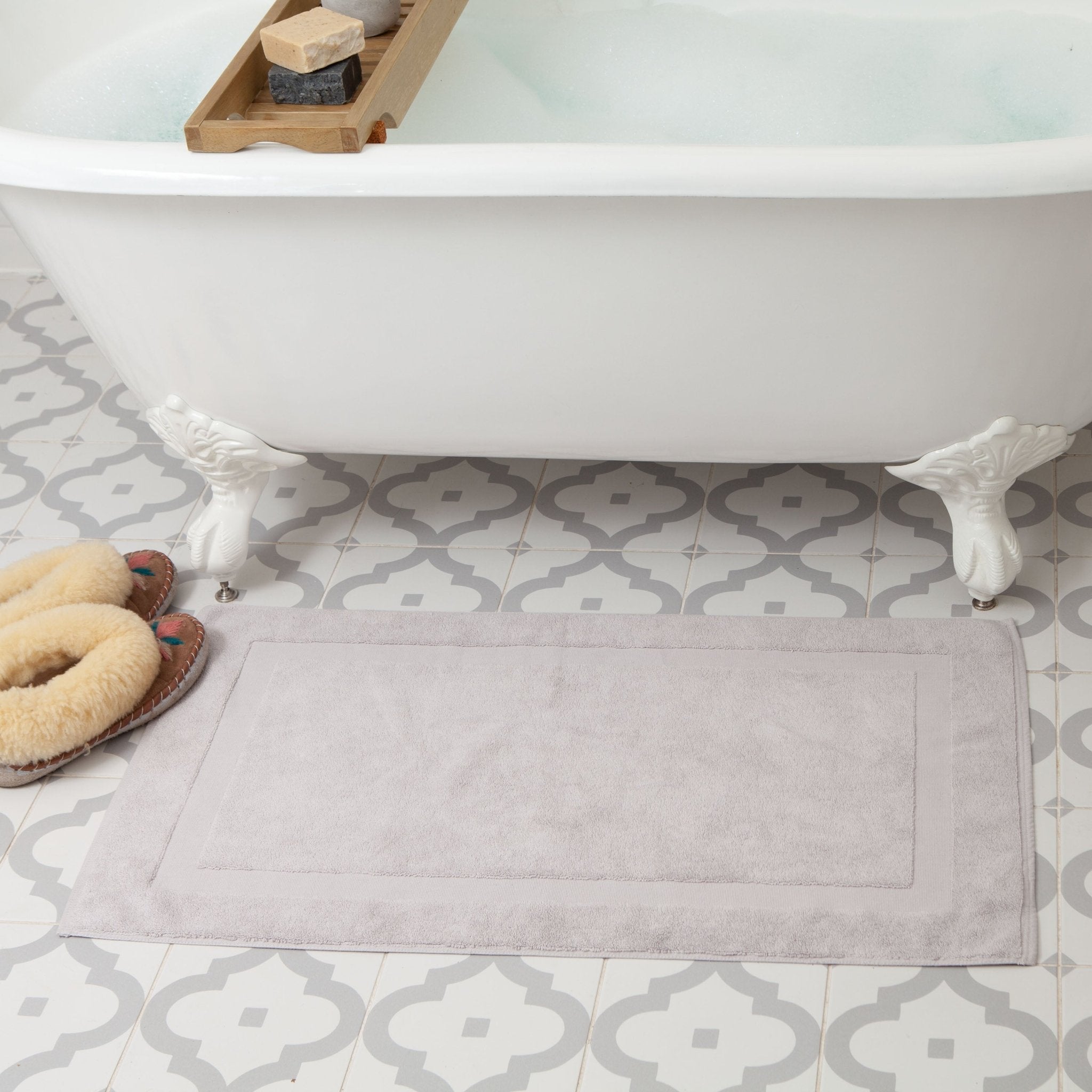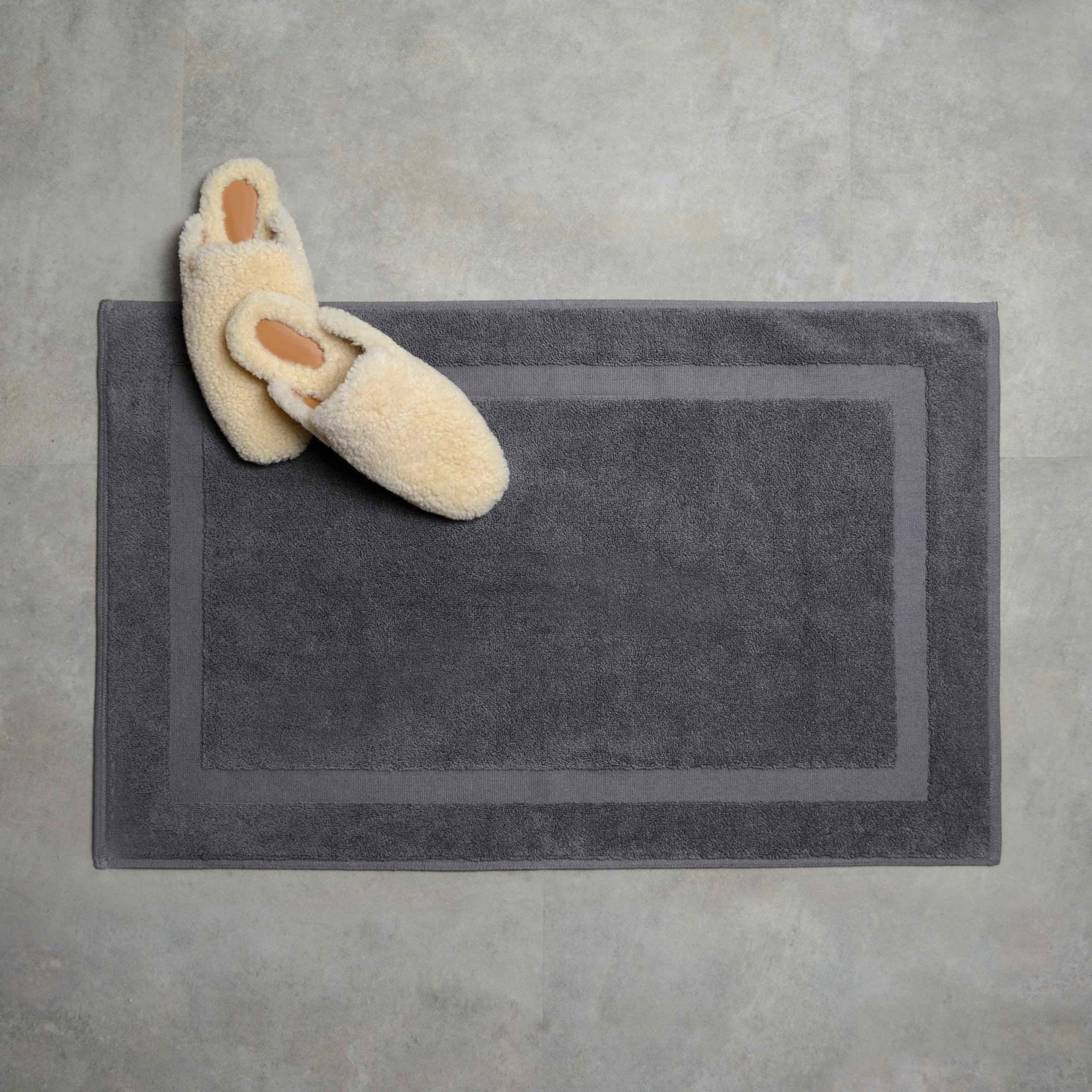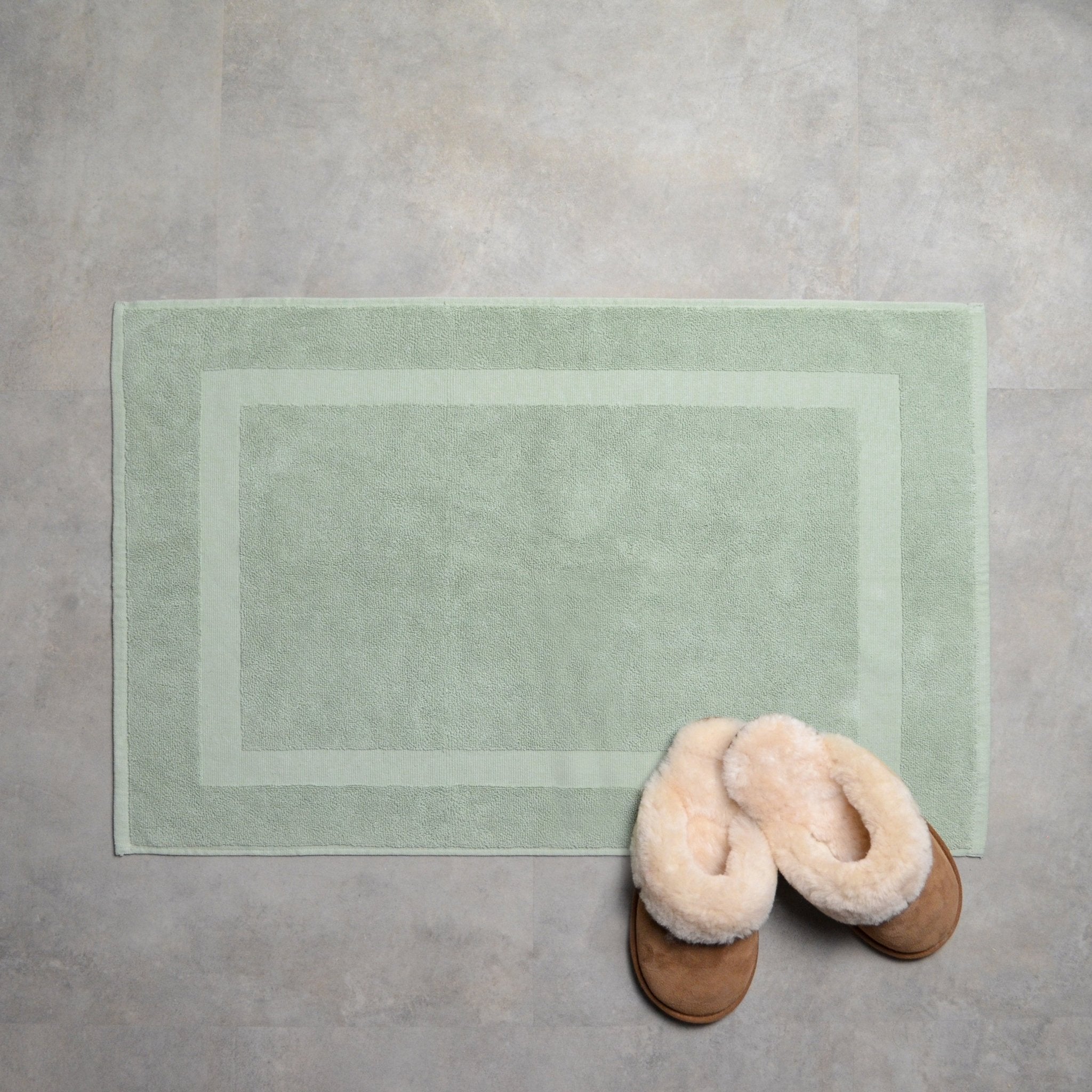Bath Mats
Soft underfoot, sturdy where it matters. These bath mats are made to feel good after every soak – thick, absorbent, and still plush after plenty of washes. With non-slip backings and long-lasting fabric, they’re a smarter, safer choice for your bathroom. Easy to match, easy to look after, and quietly dependable.
Bath Mat FAQs
What’s the best material for a long-lasting, reliable bath mat?
The best material for a long-lasting, reliable bath mat is natural rubber or high-quality cotton with tightly woven fibres. Both are tough as old boots and designed to hold up over time. Natural rubber adds grip and durability, while cotton is soft, absorbent, and machine washable. Mats with mould-resistant finishes and reinforced stitching will go the distance. Look for sustainable options like organic cotton - they're gentler on the planet, too. Learn more about how we research for durability.
How should I clean a bath mat to stop mould and mildew forming?
To stop mould and mildew forming, wash your bath mat regularly and make sure it dries fully between uses. A quick shake after each shower helps, and hanging it somewhere breezy works wonders. For cotton mats, pop them in the machine with a mild detergent and a dash of vinegar if they’re feeling musty. Just don’t leave them crumpled on the floor - that’s a recipe for mildew. Check our Product Care and Repair hub for more handy tips.
Can I put my bath mat in the washing machine or tumble dryer?
Yes, most bath mats can go in the washing machine - but always check the label before chucking it in. Cotton and natural fibre mats usually cope well with a gentle wash and mild detergent. As for tumble drying, use low heat if it’s allowed, but air drying is usually best for longevity. Rubber-backed mats don't like the heat, so keep them out of the dryer. When in doubt, line-drying is a faff-free, planet-friendly choice.
What’s the best way to clean a rubber or non-slip bath mat?
The best way to clean a rubber or non-slip bath mat is to scrub it down with warm water and mild soap. Use a brush to get into any grooves and rinse well. For a deeper clean, soak it in vinegar and water for 15–30 minutes, then rinse and dry thoroughly. Hang it over the bath or on a rack where air can move freely. A bit of routine scrubbing keeps it fresh and less pongy.
How often should I wash my bath mat for hygiene?
For good hygiene, wash your bath mat at least once a week - or more often if your bathroom gets steamy or sees lots of foot traffic. Steady washing keeps bacteria, skin cells and damp smells at bay. If it feels soggy or looks grubby, it’s time for a wash. Quality mats made from cotton or rubber will survive frequent laundering, especially if you let them air dry. A clean mat’s a happy mat, after all.
Where should I dry a bath mat to keep it fresh and odour-free?
To keep your bath mat fresh and odour-free, dry it somewhere with good airflow and low humidity. Drape it over a towel rail, bath edge or drying rack right after use. If the window’s open or a fan’s going, even better. For a proper dry after washing, pop it outside if you can - sunshine helps zap smells and bacteria. Just don’t leave it in a heap on the floor, tempting as that may be.
Which bath mats are truly buy-it-for-life options?
Buy-it-for-life bath mats are made from tough, natural materials that hold up for years with a bit of care. Look for ones made from organic cotton, sustainably sourced rubber or diatomite stone - all brilliantly durable and mildew-resistant. Reinforced edges and dense weaves mean less fraying, and some even come with warranties or care perks. For the full line-up of long-lasting gems, browse our bathmats collection.


